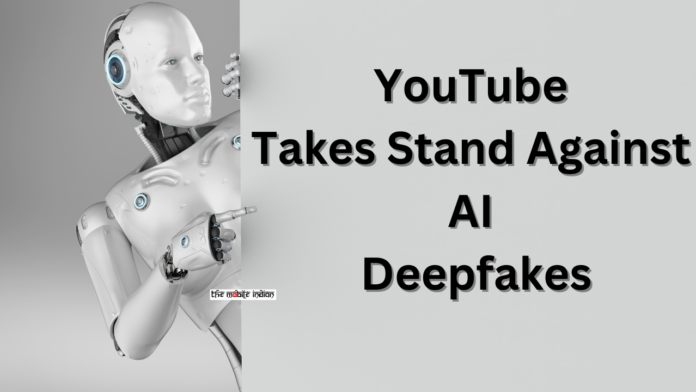YouTube has updated its privacy guidelines to address the growing concern over AI-generated videos that mimic individuals. As of a recent update, users can request the removal of such content if it realistically depicts them. This policy shift follows YouTube’s promise in November 2023 to implement these rules “in the coming months.”
The updated guidelines state, “If someone has used AI to alter or create synthetic content that looks or sounds like you, you can ask for it to be removed. In order to qualify for removal, the content should depict a realistic altered or synthetic version of your likeness. We will consider a variety of factors when evaluating the complaint.”
YouTube will assess the following criteria when reviewing takedown requests:
- Whether the content is altered or synthetic
- Whether the content is disclosed to viewers as altered or synthetic
- Whether the person can be uniquely identified
- Whether the content is realistic
- Whether the content contains parody, satire, or other public interest value
When a privacy complaint is submitted, it is reviewed by human moderators. YouTube may give the uploader 48 hours to address the complaint by removing or editing the private information. If the uploader fails to comply, YouTube will review and potentially remove the content. Users are cautioned against re-uploading content that has been removed for privacy violations, as this may result in account suspension.
“YouTube privacy guidelines aim at protecting users’ privacy while balancing public interest and newsworthiness. Our privacy guidelines apply to all users across the world. In other words, while the video in question may not violate your country’s privacy laws, it may still violate YouTube’s privacy guidelines,” the company emphasized.
For a video to be considered for removal due to a privacy violation, the individual must be uniquely identifiable. The complaint must come from the individual or their legal representative. It must identify the individual using a combination of image, voice, full name, government identification number, bank account number, contact information, or other uniquely identifiable information. YouTube will also consider public interest, newsworthiness, consent, and the availability of the information in the public domain.
Users can follow YouTube’s Privacy Complaint Process to report a privacy violation. This process requires users to provide clear and concise information to help the YouTube team identify them within the video, including timestamps and descriptions of distinguishing features. The video URL must also be included in the report.


